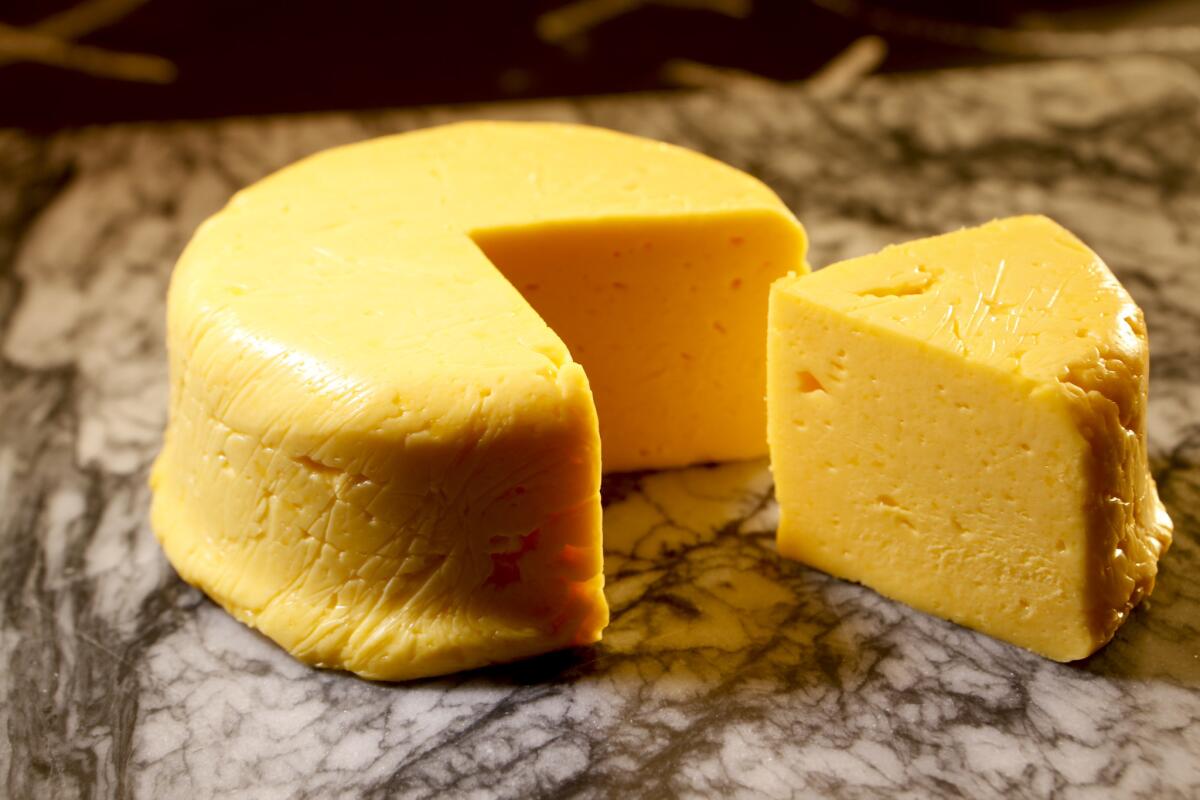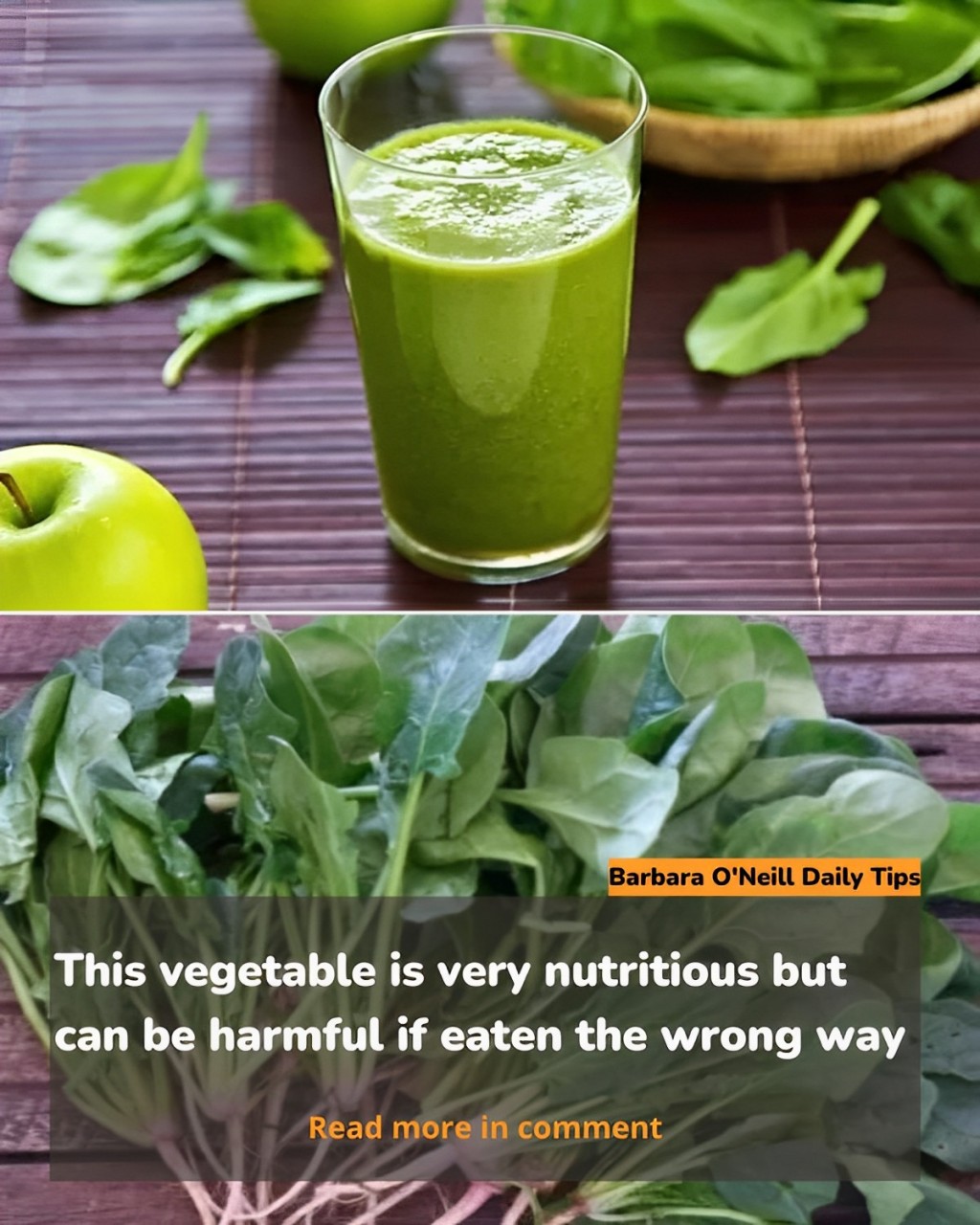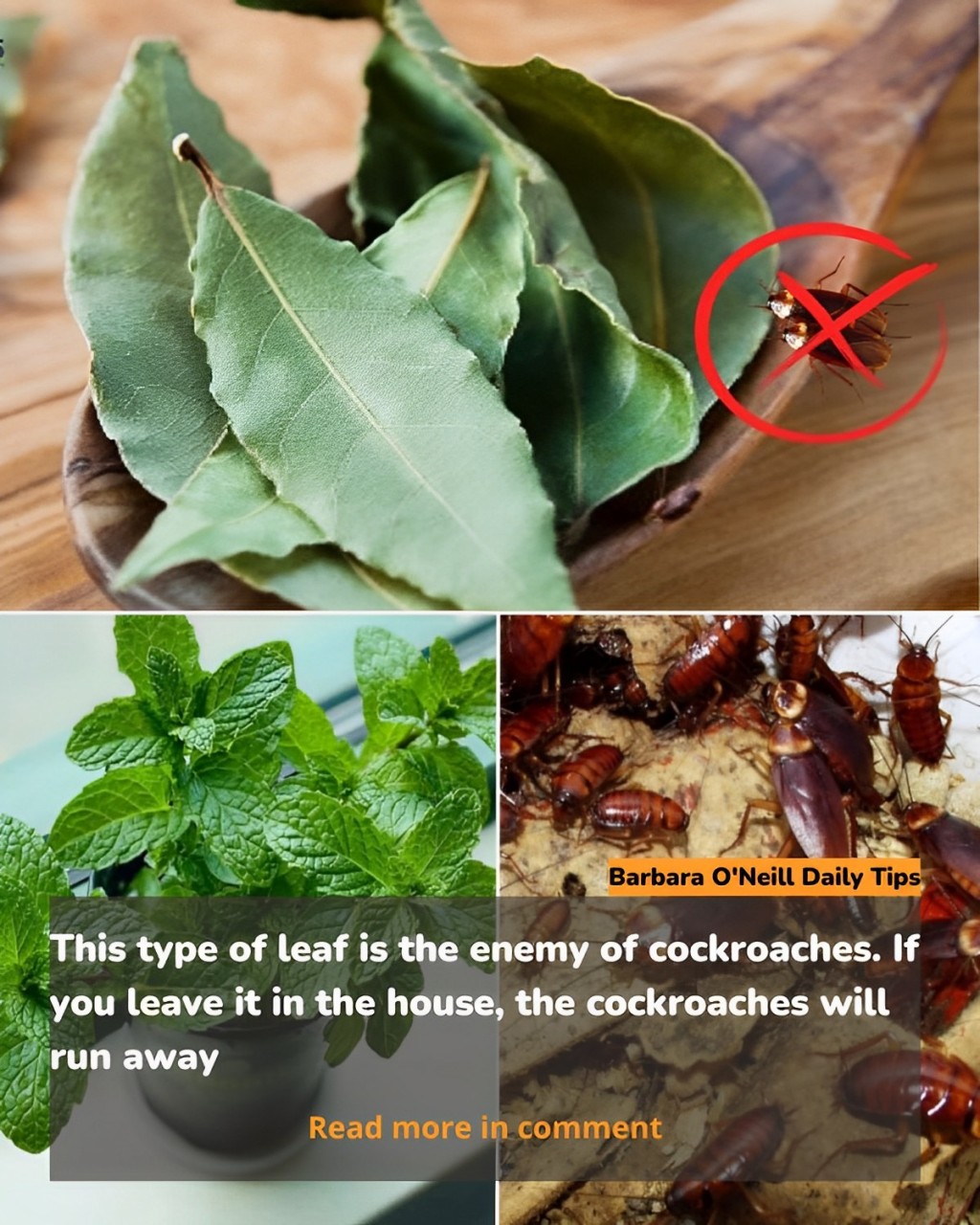Homemade Cheese Soup Recipe
Ingredients:
- 1 liter of milk
- 2 tablespoons of white vinegar
- 1 teaspoon of salt
- Pepper to taste
- Chopped chives for garnish (optional)
Preparation:
- In a saucepan, bring the milk to a boil over medium heat.
- Add the white vinegar and salt, stirring gently for about 2 to 3 minutes until the milk begins to curdle and small lumps form. Remove from the heat and let it rest for about 5 minutes.
- Place a strainer lined with cheesecloth or a clean kitchen towel over a large bowl and carefully pour the curdled mixture into the strainer.
- Gently press to remove excess liquid and then discard it. Transfer the curdled cheese to a bowl and add pepper to taste. Mix well to obtain a creamy consistency.
- If desired, you can add chopped chives for garnish. Serve hot and enjoy your delicious homemade cheese soup!
- Ever thought of making your own American cheese?
Before you laugh, hear me out. Processed cheeses such as those individually wrapped singles often get a bad rap, but just try getting that perfect gooey, silky texture from any other cheese when you melt it. Real cheese tends to separate when heated, the proteins clumping together while fats and moisture ooze out in a most unattractive way.
Processed cheese can take the heat and keep it together, with a glossy sheen to boot.
Even the molecular gastronomers are fans. Nathan Myhrvold’s “Modernist Cuisine at Home” contains a number of recipes for processed cheese variations, and Heston Blumenthal has a rather intense recipe to go with his reinvented hamburger.
I wanted an easy method I could make at home, using ingredients I could find at the supermarket.
I tried Myhrvold’s and Blumenthal’s methods, along with a number of others, and then went off and experimented some more. It took a little while — actually, more than 20 trials and at least 10 pounds of cheese — before I found something I liked.
Let’s start with the cheese. Processed cheese has traditionally consisted of a blend of cheeses, typically Colby and cheddar. For a home version, a mild cheddar is perfect for flavor (it’s not overly intense).
-
 In order to get the right “ooze” when the cheese is melted, you need to add a liquid. I tried recipes that called for beer, milk, water and even infused sherry. I went with a blend of water and dry white wine. The wine not only gives the cheese a nice tang, it also helps to hold the cheese together as it melts, as when making a classic fondue.
In order to get the right “ooze” when the cheese is melted, you need to add a liquid. I tried recipes that called for beer, milk, water and even infused sherry. I went with a blend of water and dry white wine. The wine not only gives the cheese a nice tang, it also helps to hold the cheese together as it melts, as when making a classic fondue.The Spanish capital has luxury, eclectic experiences, adventure – and it’s all within a half-hour of the city center.
But wine alone is not enough. Myhrvold and Blumenthal both use sodium citrate (derived from citrus; it’s also used in a number of commercial processed cheeses) as an emulsifier. Sodium citrate isn’t that hard to find online, but you won’t find it at the local market.
To help hold the liquid and cheese together, I added dehydrated milk and tapioca starch. I tested a number of thickeners, including the gelatin preferred by America’s Test Kitchen, but I liked the texture of tapioca, and, unlike gelatin, tapioca keeps the cheese vegetarian.
Finally, I added a little butter for richness and moisture, and a touch of salt to bump up the flavors.
HOMEMADE PROCESSED CHEESE
Total time: 20 minutes, plus chilling time | Makes about 13 ounces
Note: You can also try substituting a similar fresh semi-firm cheese for the cheddar, such as Gouda (to use in the mac ‘n’ cheese recipe). Additional flavorings and spices, such as chili powder, chopped chives or chiles, can be added as desired at the end of Step 4. The recipe calls for solid cheese to be grated. Pre-grated cheeses are often coated with starch to keep them from clumping; this added starch can negatively affect the final texture of the processed cheese in this recipe.

- 8 ounces solid mild cheddar (see Note)1/4 cup nonfat milk powder2 tablespoons tapioca flour or starch3/8 teaspoon salt, or to taste2 tablespoons butter1/4 cup dry white wine1/4 cup water
1. Line a 12-ounce ramekin or similar-sized small loaf pan or mold with plastic wrap.
2. Very finely grate the cheese and place it in a food processor. Add the milk powder, tapioca flour and salt, and pulse to thoroughly combine.
3. In a small saucepan, combine the butter, wine and water. Cover and quickly bring to a boil over high heat, 1 to 2 minutes.
4. Immediately remove from heat and, with the processor running, slowly pour the hot liquid in with the cheese. Continue processing until the cheese is fully melted and all of the ingredients are incorporated, scraping the bowl once or twice in between processing.
5. Spoon the cheese into the prepared loaf pan. Smooth the top and cover with plastic wrap.
6. Refrigerate the cheese until fully set and firm enough to slice, preferably several hours and up to overnight. The cheese will keep for up to 1 month, covered and refrigerated.
Each ounce: Calories 98; Protein 5 grams; Carbohydrates 2 grams; Fiber 0; Fat 8 grams; Saturated fat 5 grams; Cholesterol 23 mg; Sugar 1 gram; Sodium 183 mg.






